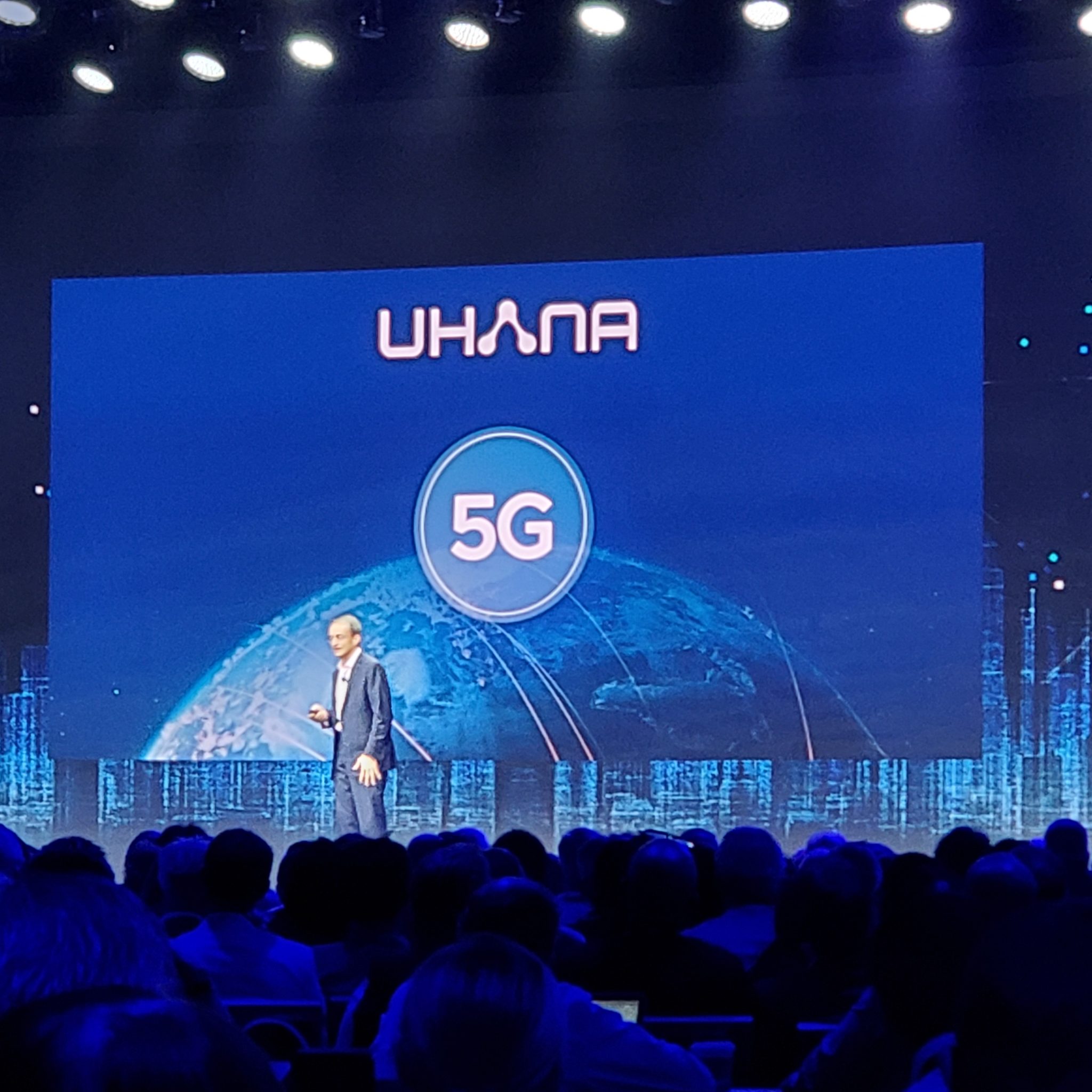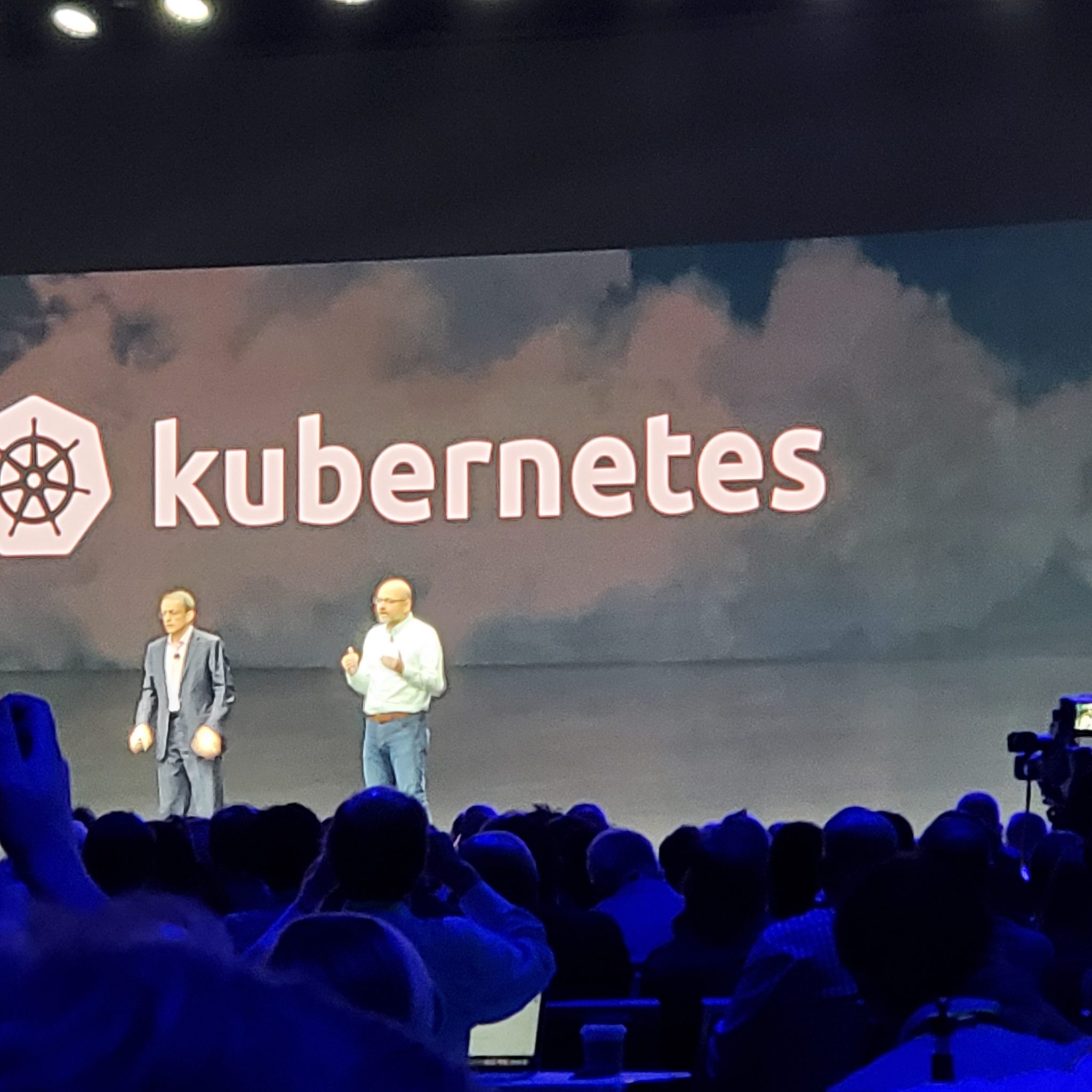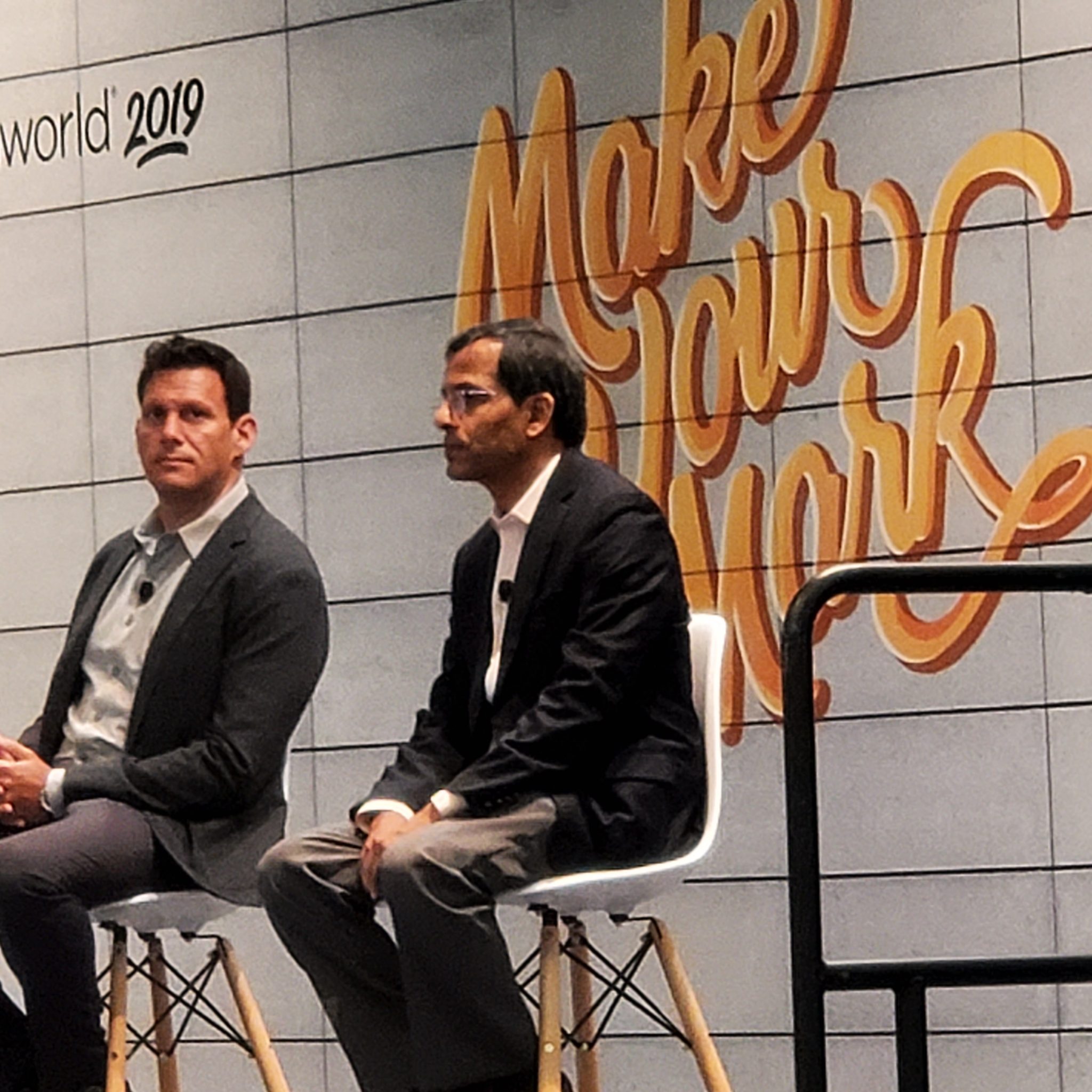SAN FRANCISCO–With a call out from VMware CEO Pat Gelsinger during his opening keynote and numerous mentions from Dell Technologies-family executives, 5G was most certainly a topic of interest during VMworld this week. And with 5G commanding an IT-centric approach marked by highly varied workloads orchestrated across a multi-cloud environment, VMware sees a clear path to winning more operator business.
“There’s this massive wave occurring in the telco community,” Gelsinger told a packed house at the Moscone Center. “5G is ushering maybe the biggest capital investment build out for the rest of our careers. Telcos will play a bigger role in the cloud universe.”
To beef up their 5G value prop, in July VMware announced its intent to acquire specialist Uhana, which focuses on using deep learning for carrier network optimization.

Verizon testifies at VMworld
Gelsinger’s comments were followed by a customer testimonial video featuring Verizon CEO Hans Vestberg, CTO Kyle Malady and Verizon Business CEO Tami Erwin. Malady, speaking of VMware, said, “As we move into the world of hybrid clouds…I think you guys are well-positioned.”
VMware COO Sanjay Poonen said the company’s expertise in data center, cloud and SD-WAN, coupled with the move to 5G, provides “a great opportunity for VMware to step in,” noting that customers engaged with traditional telco vendors like Nokia and Ericsson are “forcing them to certify our NFV stack. That’s what’s happening with Vodafone,” which began working with VMware in 2017 on an NFV roll out.
One of the marquee announcements out of VMworld was the company’s strategic and product roadmap associated with open source container orchestration platform Kubernetes. Read more about that here.
Containers and Kubrenetes vs. NFV and virtual machines
Asked during a media Q&A to expound on what those announcements mean for telcos, VMware’s Rajiv Ramaswami, COO of products and cloud services, said operators can take a horizontal approach or a vertical approach to virtualization and cloud. The horizontal view “would be a VMware stack then building on top of that with whatever they want. The other option is to go with a fully verticalized stack where everything is fully integrated. We provide the broadest open ecosystem for telcos to run their apps. On top of that we provide tools for them to monitor, to optimize their infrastructure. They want that freedom and flexibility. We see that as a big opportunity for us.”

Verizon is currently running a live network trial of a fully cloud native, container-based element of its evolved packet core using Kubernetes-based orchestration. Company exec Bill Stone said the trial offers a “glimpse into the future.”
In a message later repeated by other ecosystem stakeholders during VMworld, Stone said the trial represents a shift from using virtual machines to cloud native, which cuts operational and hardware costs while “greatly [increasing] some of the operational simplicity. The network is becoming much more dynamic. You have different functions scaling up and down in different locations–that’s a lot more complexity. But that all ties back to the capabilities that come with orchestration by Kubernetes and being able to actually manage the network. This technology existed prior to it being applied in telecom networks, or networks such as our own–in the traditional cloud space. But we’re finding the technology maps very well.”
Elsewhere in the carrier cloud world, AT&T, which has been a trailblazer in network virtualization and the use of open source orchestration, recently signed major cloud deals with both Microsoft and IBM. With IBM, AT&T Business Solutions will put internal applications into the IBM cloud and AT&T will be IBM’s primary SDN provider. With Microsoft, AT&T is “migrating most non-network workloads to the public cloud by 2024,” the company said, describing the goal as “becoming a ‘public cloud first’ company.”
AT&T also recently announced a partnership with VMware-parent Dell Technologies around combining their respective expertise in open source software to develop solutions to enable the ongoing transition to a cloud-native, automated 5G network. The companies specifically called out NFV, SDN and multi-access edge computing as priorities of the partnership.
AT&T has been steadily virtualizing its network functions and was instrumental in the development of the Open Network Automation Platform, open source software hosted by the Linux Foundation. Dell developed then made open source through Linux Foundation its EdgeX Foundry, an interoperability platform for internet of things devices at the network edge.
5G will extend the cloud to the edge
In tandem with the build out of 5G comes the consideration of how to invest in edge computing to best deliver latency-sensitive services like AR/VR. More broadly, 5G as a data transfer medium, as well as baked-in support for massive numbers of IoT devices, requires not just centralized computing power but also pushing that functionality out to the edge.
Couple those needs with the larger software and IT focus of 5G and it creates a moment in time where “VMware and Dell are super excited about…our partnership in being able to bring the right type of abstraction technology that connects between these multiple cloud architectures and enables a common framework for applications and services to be deployed on top of this infrastructure,” Shekar Ayyar, VMware’s EVP and GM, Telco and Edge Cloud, said.
Ayyar and Tom Burns of Dell EMC discussed these trends in a video interview filmed during Mobile World Congress Barcelona.
Ayyar continued to say that carriers have “largely missed the boat on the cloud revolution. With 5G…it actually gives them a new entry point to come in and reassert themselves in this architecture and play a role in the next generation cloud architecture.”
Dell EMC’s VP/GM of Service Provider Solutions Kevin Shatzkamer said, with 5G, “We’re witnessing an end-to-end transformation of an entire ecosystem,” and it’s not a matter of and/or. “The industry as a whole tends to look at the world in a set of ors;” NFV and virtual machines now or wait for cloud-native and Kubernetes, for instance. “I think there’s a growing realization that we live in a world of and. These technologies will co-exist for a very long period of time.”


